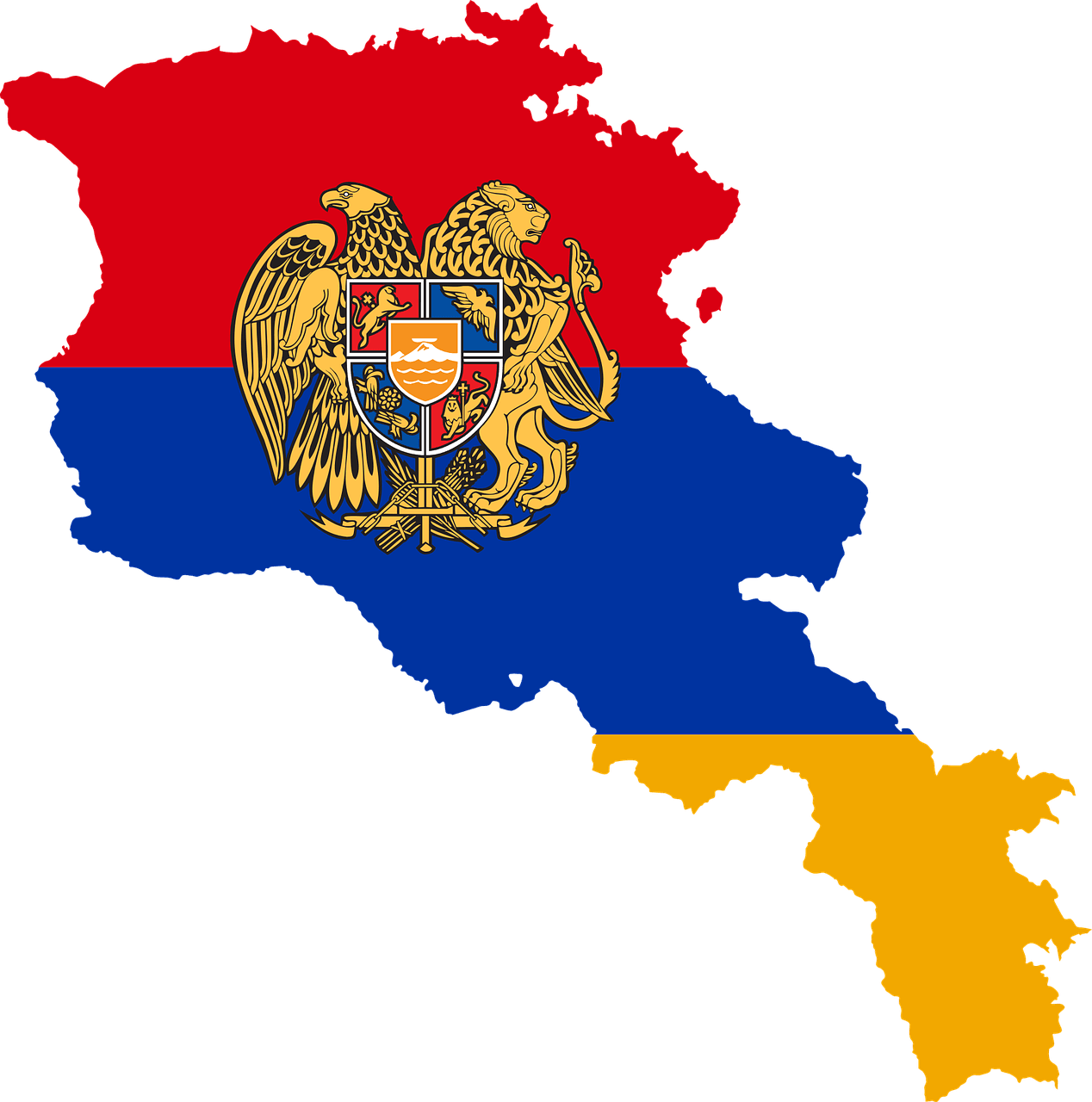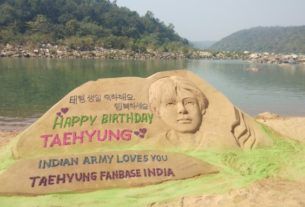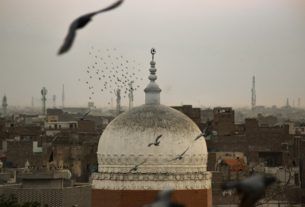Support NewsLeaf.com from as little as £1 by donating via PayPal. Click here to donate.
Recent developments around Armenia, the bitter defeat in 2020 Nagorno Karabakh (Artsakh) war, Russia’s feckless behavior as Armenia’s ally as well as the recognition of the Armenian genocide by President Biden’s administration on April 24, 2021 posit a question: where should the new Armenia head to?
It is already clear that the country’s foreign policy needs a profound change to face the challenges of the post-war period which indeed threaten the very sovereignty and even de jure independence of Armenia.
For centuries – and even millennia – the Armenian people in the Armenian Highlands and beyond have played a key role as a buffer nation between Eastern and Western civilizations, between the Northern and Southern nations (between the Roman and Parthian empires; between the Arabs and Byzantines).
Armenian people have also undertaken that buffer role outside of the Armenian Highlands such as the Armenian Kingdom of Cilicia between the Crusaders, Byzantine Empire and Muslims as well as huge Armenian colonies in Eastern Poland and Ukraine in the middle ages, Armenian merchants in Persia and even India who were successful enough to smoothly establish ties between the Europeans and the people of the East in late middle ages.
Also read:
- Is the United Kingdom ready for a serious discussion about racism and misogyny?
- Book Review: ‘The Assault on Truth’ by Peter Oborne
- What have Muslims been up to?
Even now, the globally dispersed Armenian diaspora is usually heavily present in the areas where the East meets the West such as Krasnodar, Sochi areas in Russia’s south-west, Los Angeles in the west coast of the USA and so forth. This exclusive know-how of the Armenian civilization to connect the East and West as well as the historic role of it as a buffer state urgently needs to be incorporated in Armenia’s modern day foreign policy as the nation fights to restore its geopolitical factor in the South Caucasus and the broader Middle East and North Africa (MENA) region after the defeat in 2020’s Nagorno Karabakh (Artsakh) war.
The 1920 Treaty of Sevres delegated the aforesaid buffer role to the first Armenian Republic (1918-1920) alongside another, more implicit civilizational and political undertaking – a powerful wedge between then collapsing Russian and Ottoman empires.
It has always been clear that Armenian civilization has been a wedge within the Turkish world but quite a few have seen Armenia as a wedge between Russia and Turkey partly because the Treaty of Sevres stayed on paper and the first Armenian Republic collapsed thus giving away those roles of East-West buffer and Russia-Turkey wedge by the 1921 treaties of Moscow and Kars.
After the independence from the Soviet Union in 1991 the third Armenian Republic had an excellent chance of positioning itself as a civilizational and political buffer between the East and the West, a powerful wedge between Russia and Turkey after the victory in 1994 first Nagorno-Karabakh (Artsakh) war but missed it because of its one-sided foreign policy and myopic policy of dependence on Russia.
The defeat in 2020’s Nagorno-Karabakh (Artsakh) war has woken up Armenians in the country and in the Diaspora to save Armenia from further collapse and find its path to development. The institutionalization of the Armenian diaspora has already taken place through network state concepts and structures. There are scopes of people in those structures who understand that the strategic location of Armenia and Armenian Diaspora’s efforts to help the homeland may revive Armenia’s immediate capability of rediscovering its role as a buffer state between the East and the West, of hammering itself as a wedge between Russia and Turkey and within the Turkish world.
This will restore the geopolitical balance in the region and contain belligerent regional powers thus building peace and grounds for prosperity in the MENA. The more Turkey, Azerbaijan and other states try to destroy Armenia as a sovereign nation, the more the Armenian civilization maximizes its chances of recovering its role as a buffer and wedge, between the East and the West, between Russia and Turkey. And since it is clear that the Armenian civilization is already heading to a network state structure uniting the Armenian diaspora, the international community has got a unique opportunity of exercising that exclusively civilizational Armenian buffer-wedge power by working with the Armenians globally.
Armenia, a nation of several millennia has contributed to human civilization by connecting the East and the West, the North and the South. Armenia suffered a genocide 100 years ago, the Armenian ethnos was deprived of its cradle of civilization – the Armenian Highlands, in consequence of the Armenian Genocide, and most recently, Armenia was shaken by the major loss of Nagorno Karabakh (Artsakh) war in 2020. The elimination of the Armenian factor in the MENA region will be a geopolitical disaster for many regional powers.
Armenians globally unite into a network state structure ready to work towards the restoration of Armenia’s buffer-wedge power and invite partner nations for dialogue.
______________________________________________________________________________
Vahram Ayvazyan is the founder of the Network State movement. He is an International Relations and Genocide scholar, startup founder and a Climate Reality Leader, personally trained by former US vice president Al Gore. LinkedIn: Vahram Ayvazyan | LinkedIn




